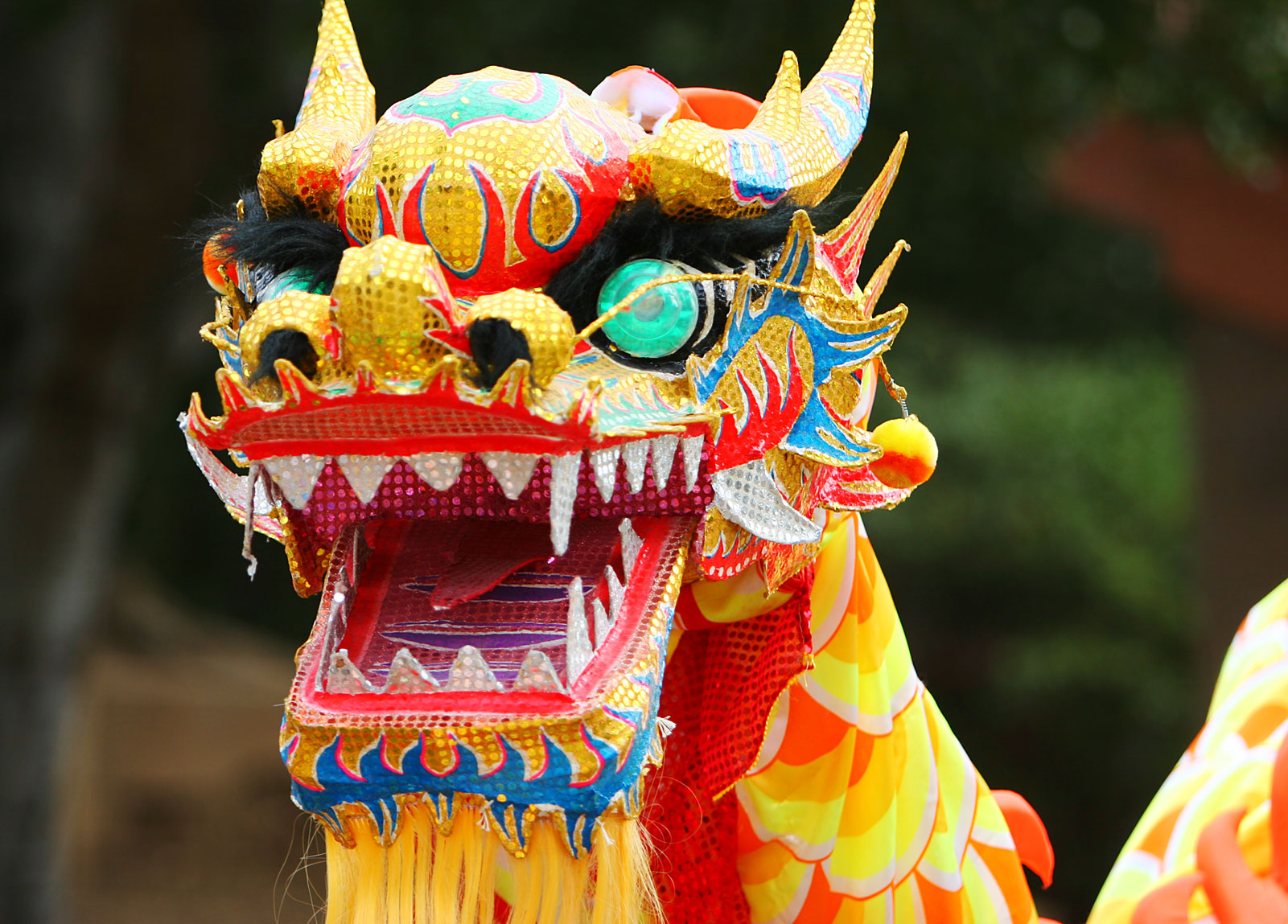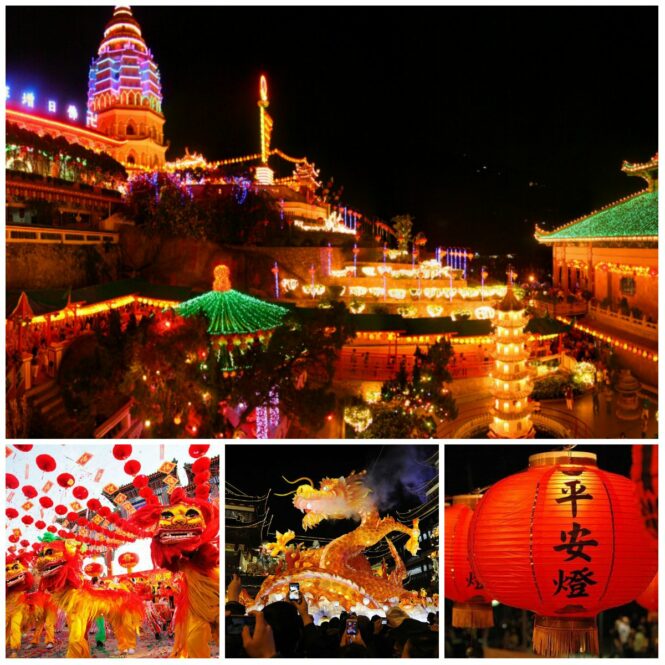
People return to their hometowns to eat and chat with the elderly and children. Many existing customs and activities of the festival actually can be traced back to a popular story of the monster nian, which helps to explain why and how the festival is celebrated.

Chinese New Year Traditions Holidays
Chinese new year (spring festival) is the oldest traditional festival in china, but a few people concern the origin and story behind the holiday.

History of chinese new year traditions. Chinese new year is a blessing for the coming spring in traditional chinese culture. Today, the lantern festival is celebrated on the 15th day of the first month of the chinese calendar, which generally falls sometime in february or early march. As many of the chinese new year traditions are a national mainstay, so are many of them unique to the different regions and 56 ethnic tribes of china.
In the traditional stories of beijing, nian is a kind of beast. Every day of the 15 during the festival follows traditions, rituals, and superstitions that date back for centuries. One tradition that rings throughout all of china during the spring festival is that of the reunion dinner.
Like many traditional chinese holidays, the lantern festival has a long history. The actual beginnings of the chinese new year tradition were not recorded clearly. Chinese new year reunion dinner.
In this period, china was an agrarian culture, and. Chinese new year | history. The cny is celebrated over the period of 15 days.
Traditions of the chinese new year. Chinese new year, also known as the lunar new year or spring festival, is the most important traditional festival. Chinese new year has enjoyed a history of about 3,500 years.
Guo nian hao — which means happy new year — is a common chinese new year greeting, chen said. On average, chinese new year starts with the arrival of the new moon that occurs sometime between the end of january and the end of february. Legend spoke of the wild beast nian (which also is the word for “year”) that.
The origins of this renaming from chinese new year to “spring festival” are fascinating and not widely known. One of the most popular course is jiaozi, dumplings boiled in water. Its exact beginning is not recorded.
One legend is that thousands of years ago a monster named nian (“year”) would attack villagers at the beginning of each new year. According to ancient folklore, chinese new year starts with a monstrous beast. During the northern and southern dynasties, the practice of firing bamboo on the first morning of the new year was established and became a common new year tradition in ancient china.
Falling on the first day of the lunar calendar, chinese new year has a history of over 4000 years. The beast, which was said to have the appearance of an ox but with a lion’s head, emerged from the sea and attacked people, animals and properties. In 1912 the newly formed chinese republic, governed by the nationalist party, renamed the traditional holiday spring festival to get the chinese people to transition into celebrating the western new year.
The origins of the chinese new year are steeped in legend. Also known as the lunar new year or the spring festival, the chinese new year is celebrated in several east asian countries and in many other parts of the world with feasts, fireworks and parades. Chinese new year (cny) is one of the most important holidays in singapore, rollickingly celebrated by singaporeans of chinese origins.
The chinese new year and spring festival have a very long history that can be traced back 3,500 years into the past. Supper is a feast, with all members coming together. Chinese new year has a history of over 3,000 years and is associated with several myths.
Though this holiday is often called chinese new. For instance, singapore allocates two days as a public holiday for lunar new year, beijing three days, and tet in vietnam is observed for five days! February 1, 2022, will usher in the lunar new year, and people will celebrate around the world.
The impact of chinese new year as a public holiday is decided by each country. Chinese also greet each other with blessings such as 恭喜发财. Chinese new year celebrations were born out of fear and myth.
The monster was afraid of loud noises, bright lights, and the colour red, so those things were used to chase the beast away. The eve of the new year is very carefully observed. Its translated name means spring festival.
Called “nian”, the beast’s head looked like that of a lion’s. A popular legend tells of the mythical beast nian (/nyen/, which sounds the same as 'year' in chinese), which shows up every lunar new year's eve to eat people and livestock. The names and customs of chinese new year have been changed a lot with the development of history.
In singapore, the first two are free from work. Around the tang dynasty , people began the custom of sending out new year greeting cards called bai nian tie. It lasts until the festival of lanterns, which is when.
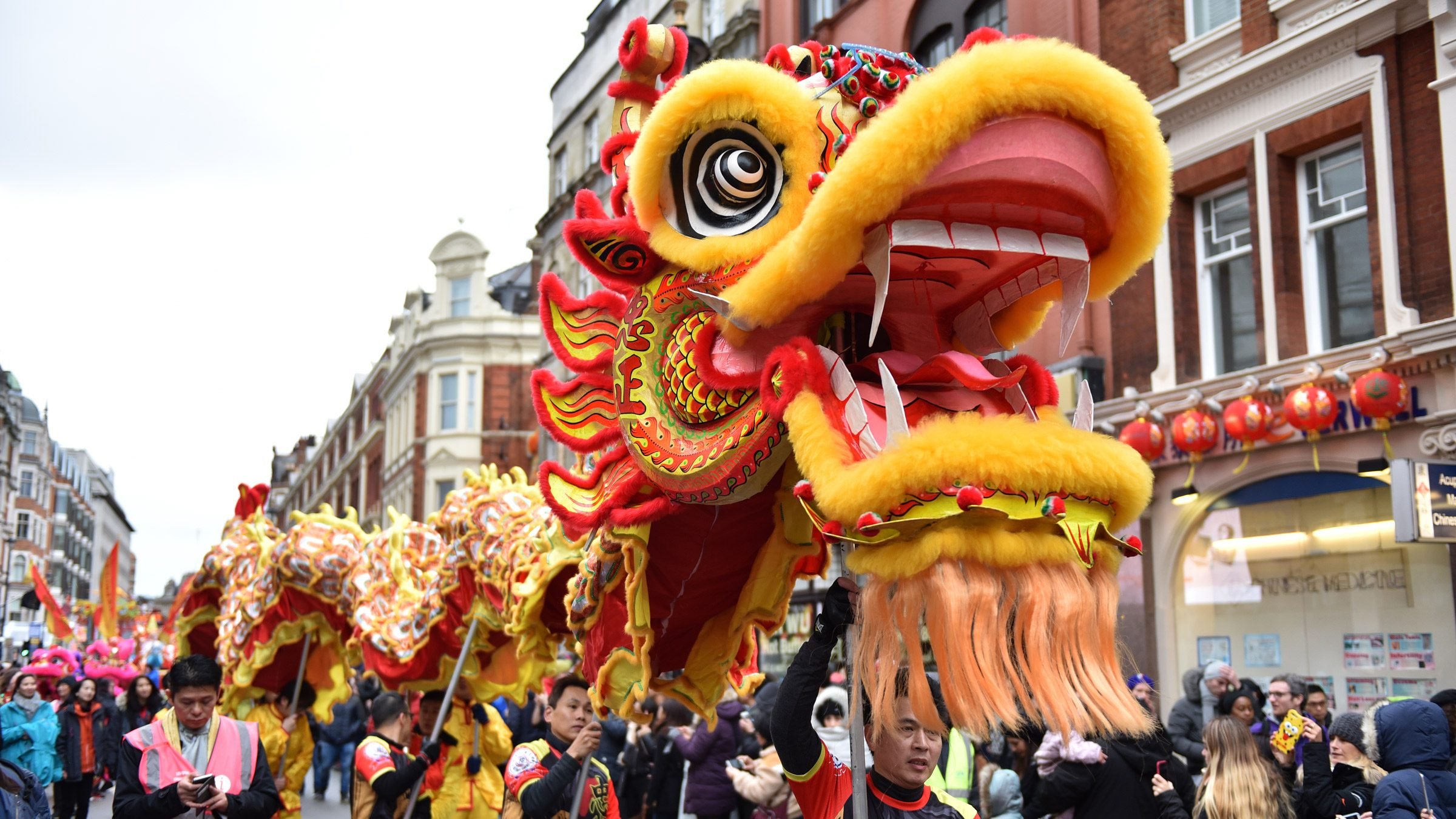
Chinese Dragon Why They're So Important in Chinese

Pin by Carolyn de Moya on Chinese New Year Chinese new
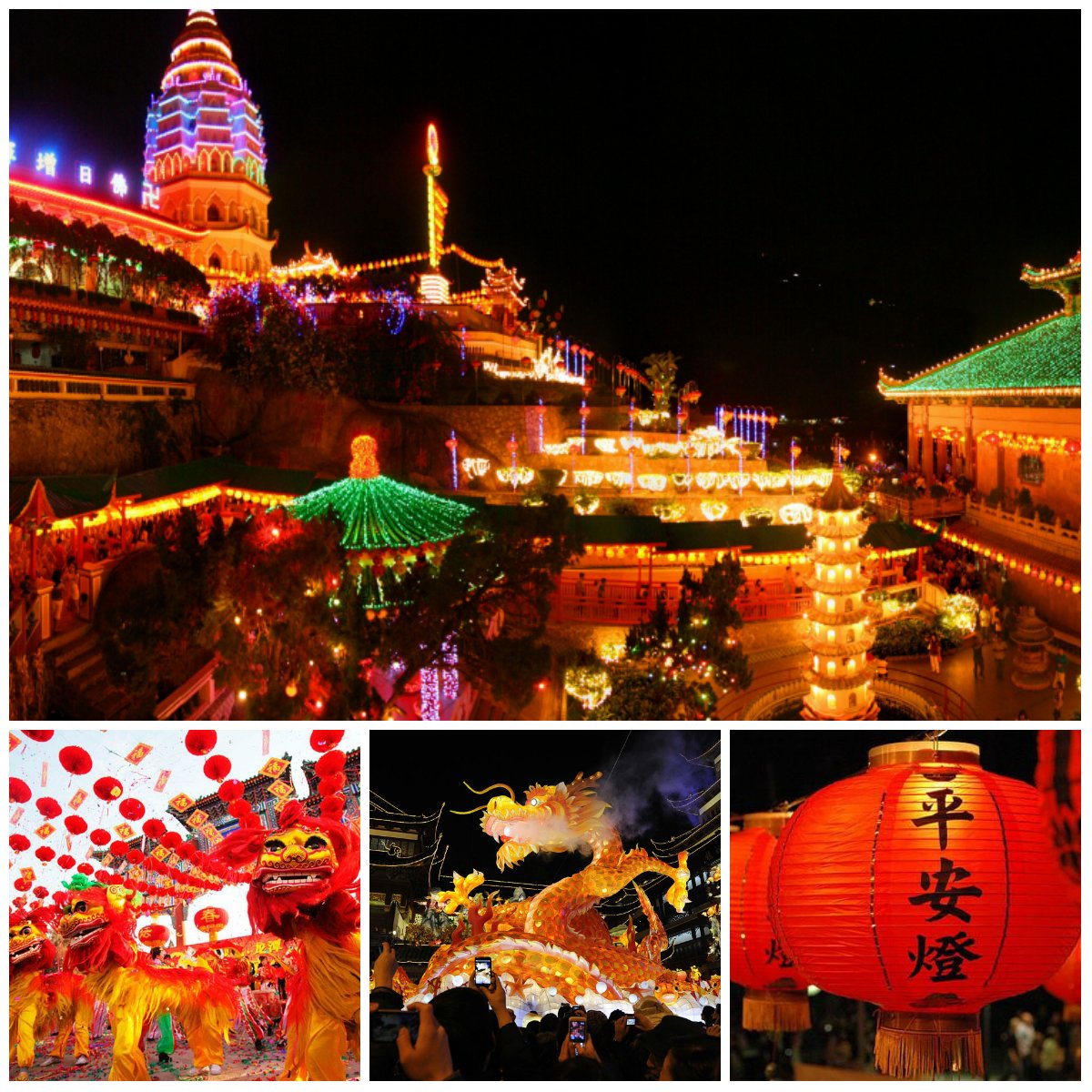
The history and tradition of celebrating the Chinese New Year

Chinese Lunar New Year Traditions & Celebrations The
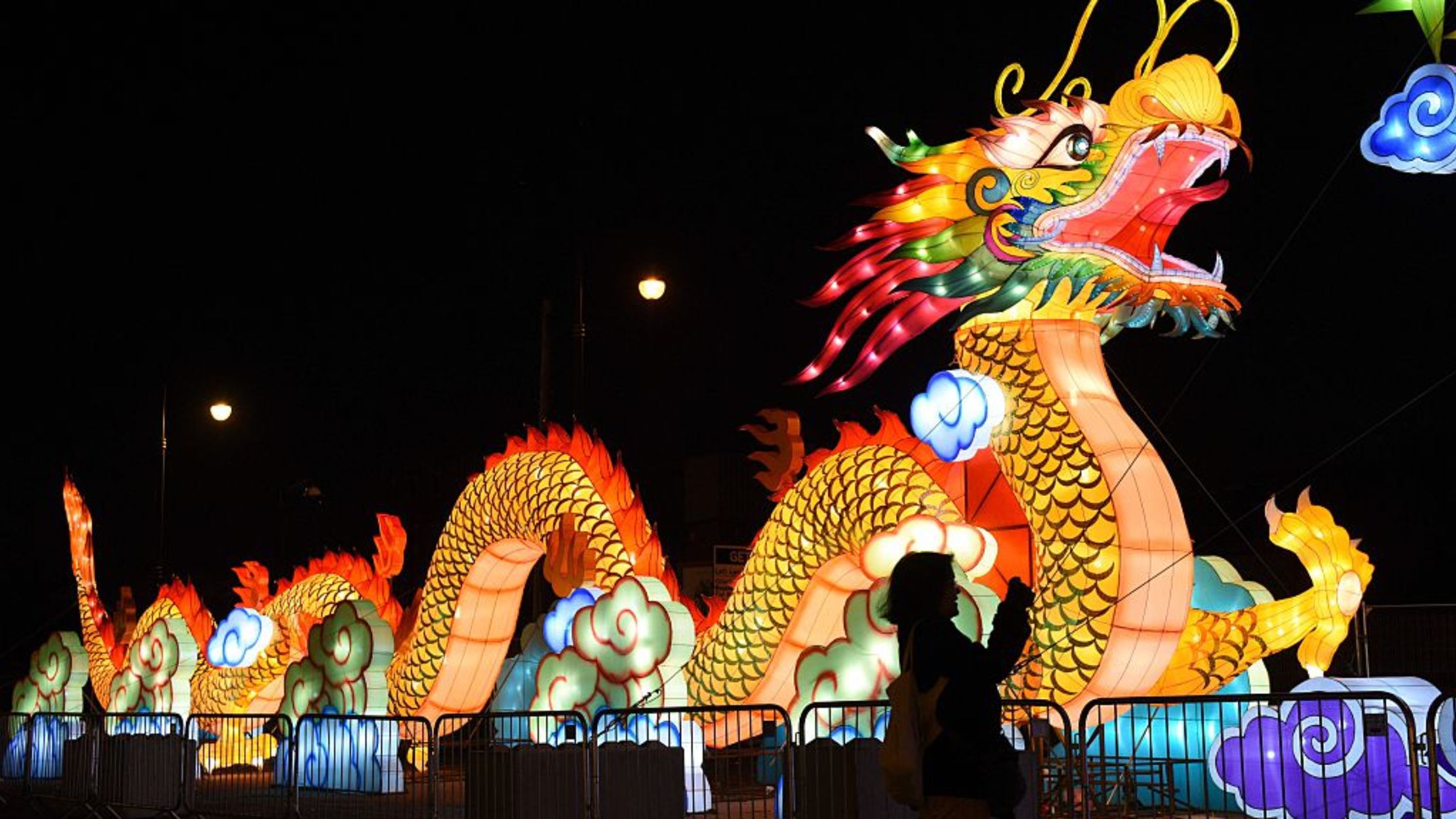
8 Festive Chinese New Year Traditions Mental Floss

Chinese New Year 2017 History, traditions, and predictions

The history and tradition of celebrating the Chinese New Year

